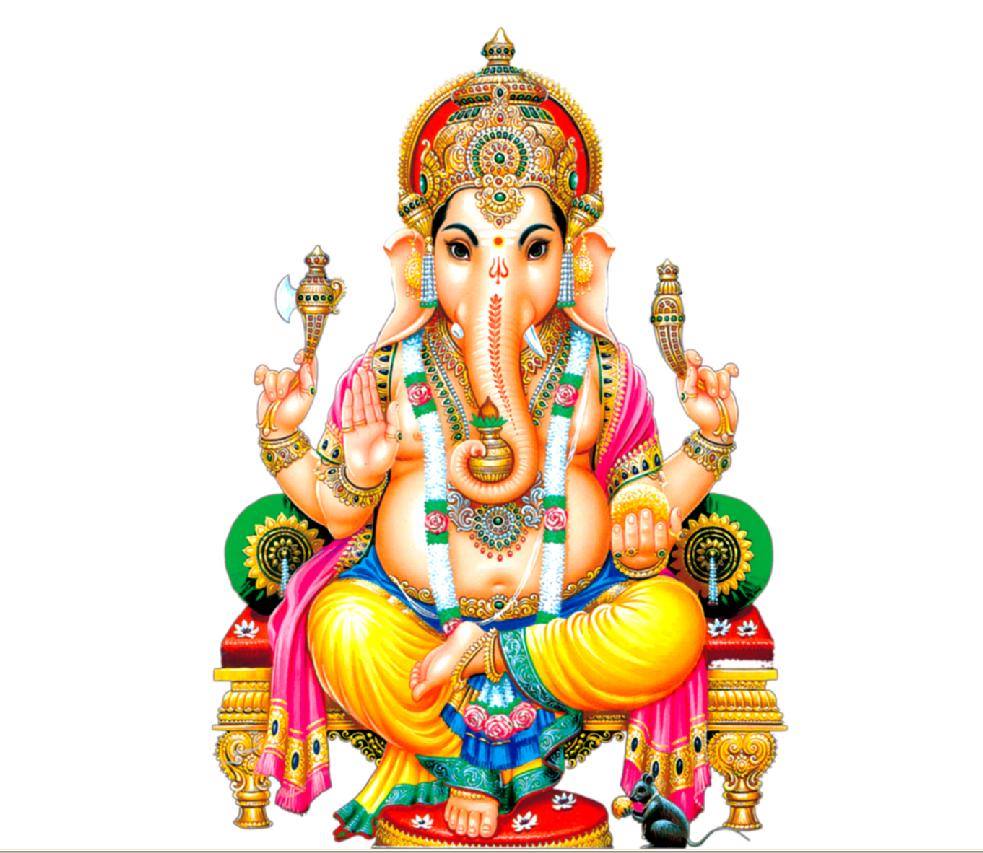Lord Ganesha and Vastu:
Ganesha, the elephant headed deity, is worshipped first in any Hindu ritual and before the start of any new undertakings. His name is invoked at the beginning of each event, in worship, when the foundation stone is laid for a building, and when the first step is taken on a journey, He is known as the remover of obstacles and the god of auspicious beginnings. He is one of the most popular and beloved of the gods, benevolent and kind.
In my Vastu practice, I place small, nearly invisible symbols of Ganesha (murtis) in the form of an ancient design to correct imbalances, energetically reshape rooms and buildings, and remove inharmonious extensions and cuts. This creates the correct shape for the rooms, allowing beneficial energy to flow unimpeded, with the elements and directions in balance. These symbols are also used to seal positive energy in an environment. I feel the energy shift significantly after the placement of these small symbols throughout a home or workspace.
Ganesha is also placed on altars, representing the earth element and auspicious beginnings. A Ganesha statute or image placed on the desk attracts and maintains positive energy and success in your work.
Ganesha’s appearance is symbolically profound. It is said he represents the centrifugal force of the ever- expanding universe. His huge ears and head make him a perceptive listener who absorbs and retains the wisdom of the ancient Indian scripture known as the Vedas.
Ganesha’s trunk can curl into the shape of OM, the primordial sound of creation. The trunk of the elephant can rip out a tree in the forest, yet is sensitive and gentle enough to pick up a needle. Ganesha’s trunk can sweep obstacles out of the way that may hinder one who is seeking knowledge that leads to enlightenment. His huge stomach symbolizes his ability to digest all of life’s experiences and is said to retain all the wisdom in the universe.
One of his four hands holds a rope, which he uses to draw us nearer to truth. Another hand holds an axe that severs attachments that bind us to the material world. In another hand he holds a sweet, representing the joy that comes as one moves along the path toward enlightenment. A fourth hand is held in a mudra or pose that blesses us and protects us from obstacles that can that block our progress.
There are many stories told about Ganesha, including one is which he gifted India and the world with the Mahabarata and the Bhagavad Gita, written with his broken tusk.
It is good to see Ganesha coming and going from your house, one Ganesha image to welcome you home, and another that graces and blesses you as you leave for the new day.
When people speak about “the elephant in the room” Ganesha is the only elephant to have in your room!
Thank you for your many blessings, Beloved Ganesha.

